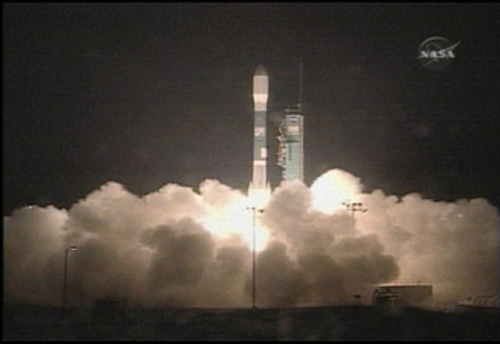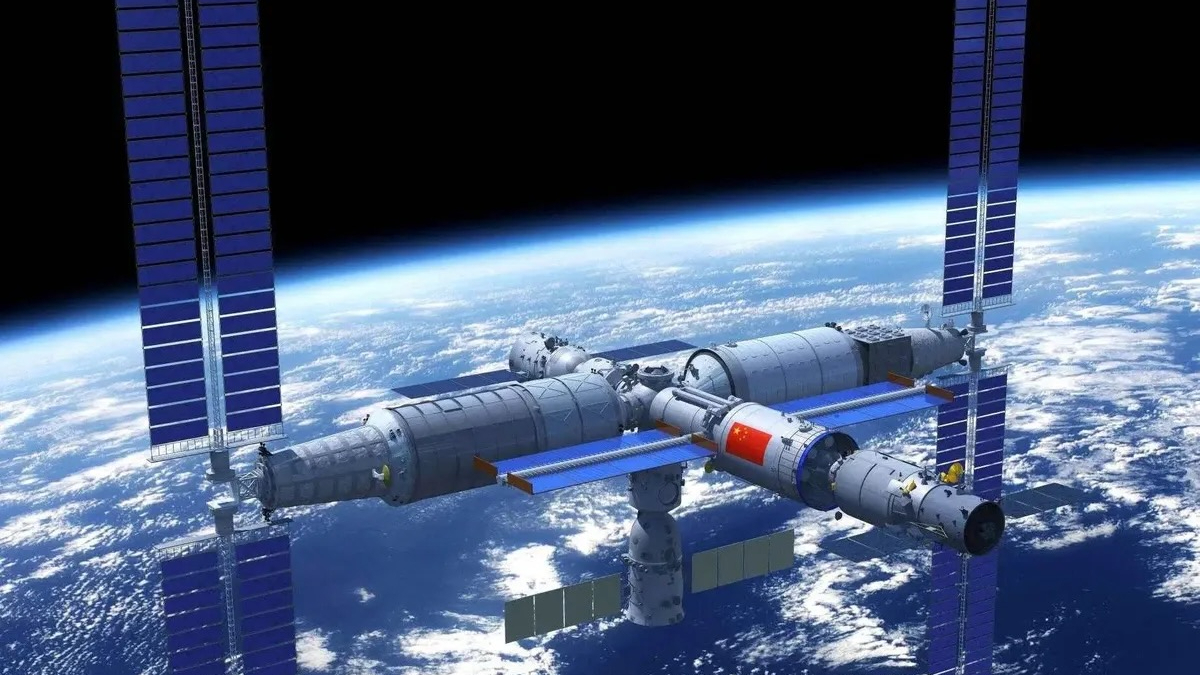NASA's CloudSat, CALIPSO Satellites Begin Cloud-Watching Mission

After a week of launch crubs, poor weather and other delays, two NASA satellites successfully reached orbit Friday to begin their mission to scan the Earth's clouds in three dimensions.
NASA's CloudSat and CALIPSO spacecraft successfully launched spaceward atop a Boeing Delta2 rocket at 6:02:16 a.m. EDT (1002 GMT) from Vandenberg Air Force Base in California. The space shot comes after six days of delay caused by glitches, refueling plane schedules, high winds and poor weather.
"When we lifted off you could just feel the release," NASA launch director Chuck Dovalesaid after CloudSat's deployment. "Not only in watching the vehicle on the pad,but the release of the folks here in the launch center."
The two spacecraft are expected to produce unprecedented views of Earth's clouds and aerosols - fine particles suspended in the atmosphere - that can be used totrack climate change and improve weather forecasts, mission scientists said.
Clouds And climate change
CloudSat's $185 million mission calls for the probe to peer through Earth's clouds using a powerful radar 1,000 times more sensitive than typical instruments to identify individual particles of clouds, rain and snow.
"Clouds Fundamentally influence the greenhouse [effect] of the climate," said Graeme Stephens, CloudSat's principal investigator at Colorado State University in Fort Collins, before today's launch, adding that Earth's water cycle sets the pace for greenhouse gases and global warming. "CloudSat is trying to get a handle on the key aspects of that water cycle."
Breaking space news, the latest updates on rocket launches, skywatching events and more!
The $223million CALIPSO - short for or Cloud-Aerosol Lidar and Infrared Pathfinder Satellite Observations - carries a laser ranging, or lidar, instrument and two other tools to identify and characterize aerosol distribution in the Earth's atmosphere. The spacecraft is a cooperative effort with the French Space Agency(CNES).
CloudSat and CALIPSO were deployed - CALIPSO first - in a 438-mile (705-kilometer) orbit where they are expected to join three other spacecraft already in orbit.Together with NASA's Aqua and Aura satellites, as well as France's PARASOL spacecraft, CloudSat and CALIPSO will make the "Afternoon Train" (A Train)of Earth-observation, mission managers said.
Rocky road to space
Friday's spaceshot not only marked the beginning of the joint CloudSat and CALIPSO missions,but also the end to almost a week of flight delays for the beleaguered satellite pair.
"It was aquite difficult mission almost from start to finish," Dovale said of the launch. "We had quite a few scrubs and in between we days where we called things off early."
An initial April 21 launch attempt was thwarted with just 48 seconds left before liftoff after CALIPSO lost communications with its support center in France. Flight controllers quickly reestablished the communications link, but missed the split-second launch window that day.
Launch opportunities on Saturday and Sunday were plagued by a different ailment: the unavailability of a refueling plane needed to supply a radar tracking aircraft that monitored today's liftoff as the Delta 2 rocket carried CloudSat and CALIPSO out of range of flight controllers on the ground.
Highwinds cropped up four minutes before a Tuesday launch attempt, scrubbing the attempt, while a poor weather outcast prevented a Wednesday launch outright.
The final scrub occurred early Thursday, when a temperature sensor returned errantreadings that prompted engineers to call off the launch and look into the matter. The issue was later resolved and the launch attempt shifted to Friday.
"This was technically the fourth attempt...a great success," Dovale said.
- Countdown Coverage for NASA's CloudSat/CALIPSO Launch
- NASA Scrubs Launch of CloudSat, CALIPSO Satellites Due to High Winds
- NASA Scrubs Launch of CloudSat, CALIPSO Satellites
- NASA Satellite Duo Set for Cloud-Watching Mission

Tariq is the award-winning Editor-in-Chief of Space.com and joined the team in 2001. He covers human spaceflight, as well as skywatching and entertainment. He became Space.com's Editor-in-Chief in 2019. Before joining Space.com, Tariq was a staff reporter for The Los Angeles Times covering education and city beats in La Habra, Fullerton and Huntington Beach. He's a recipient of the 2022 Harry Kolcum Award for excellence in space reporting and the 2025 Space Pioneer Award from the National Space Society. He is an Eagle Scout and Space Camp alum with journalism degrees from the USC and NYU. You can find Tariq at Space.com and as the co-host to the This Week In Space podcast on the TWiT network. To see his latest project, you can follow Tariq on Twitter @tariqjmalik.
